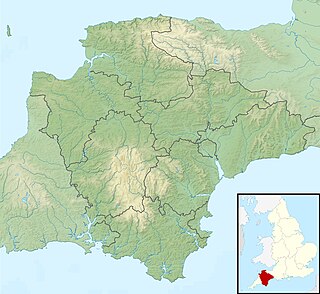The Ramsgate tugs were a series of tugboats used at Ramsgate harbour since the 19th century. The harbour's development coincided with the growing use of the steam tugs that were then being built for the shipping industry.
During this era a considerable amount of the work undertaken by the local boatmen was carried out by these tugs. The benefits of this in regard to the heavier ships in distress was inestimable, but nevertheless the salvage of wrecks soon became an intense and contested undertaking, offering substantial monetary rewards to the boatmen and the tugmen, who were otherwise ill-paid.
Ramsgate's tugs became a regular feature in the harbour; unlike the lifeboats they were able haul ships out into open waters against an unfavourable wind or in dead calm conditions. In the 19th century the tugs were kept with "crew on board and steam up, ready to put to sea at a moment's notice". [1]
The first Ramsgate tug, built of wood and measuring 90 tons (91 t), with a 50 horsepower (37 kW) engine, was built at South Shields by Woodhouse in 1843, and named the Samson. [2]
The Samson and her successors—Aide, a wooden paddle steamer of 112 gross tons (114 t) built at Blackwall [3] on the Thames and in use by 1855, [4] Vulcan, an iron steam paddle tug of 140 tons (142 t), also built at Blackwall and delivered to Ramsgate in 1858, and Fabia, which was in service in World War II [5] —participated in many rescues alongside the local lifeboatmen, receiving several rewards from the RNLI and grateful foreign governments. Another Ramsgate tug was Sun Swale. [6]

In January 1881 the Ramsgate tugs Vulcan and Aide participated with the lifeboat Bradford in the rescue of the Indian Chief, in response to which the Ramsgate harbour-master, Captain Braine, wrote the commendation, "Of all the meritorious services performed by the Ramsgate Tug and Life-boat, I consider this one of the best. The decision the coxswain and crew arrived at to remain till daylight, which was in effect to continue for fourteen hours cruising about with the sea continually breaking over them in a heavy gale and tremendous sea, proves, I consider, their gallantry and determination to do their duty." [7]









